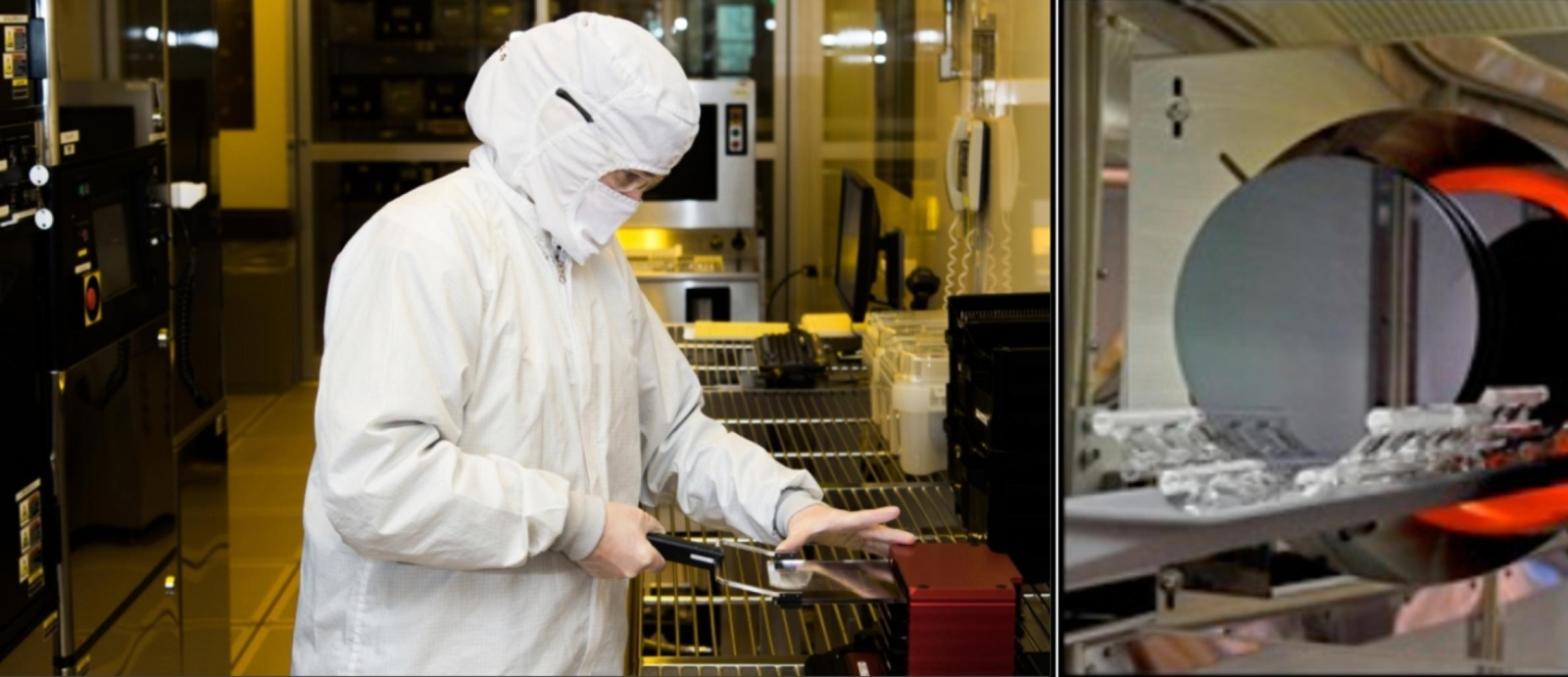
How did black holes shape the cosmos? Fast, low-noise X-ray sensors may provide the answer
How did our universe of galaxies and stars come to look as it does? NASA’s Great Observatories, including the Chandra X-ray Observatory and the Hubble Space Telescope, have revealed that the interplay between galaxies and the enormous black holes they host is key to answering this question, but precisely how this interaction works remains a mystery. For example, how did black holes a billion times the mass of the Sun grow so soon after the big bang? How do black holes grow in apparent lockstep with their host galaxies? How do black holes control star formation over distances many billion times their own size?
Just as the current Great Observatories were instrumental in raising these questions, a new generation of facilities—including X-ray telescopes with much larger collecting areas and much faster and more sensitive imaging sensors—is needed to answer them. NASA has been developing technologies to enable these advances for the past decade.
A team of researchers at the Massachusetts Institute of Technology (MIT) Kavli Institute (MKI) for Astrophysics and Space Research, MIT Lincoln Laboratory, and the Stanford University Kavli Institute of Particle Astrophysics and Cosmology is leveraging almost forty years of NASA investment in development and operation of X-ray sensitive charge-coupled devices, and applying the latest developments in micro-fabrication and microelectronics technologies to obtain the required performance gains. Their goals are to increase sensor speed by a factor of 100 and reduce noise by a factor of three while maintaining power consumption at roughly the same level required by current technology.